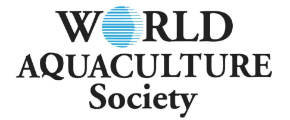ECOLOGICAL AND BIOLOGICAL CONDITIONS OF MARICULTURE PARK IN SUAL, PANGASINAN IN CONNECTION WITH MILKFISH MORTALITIES IN CAGES
Sual mariculture park is one of the major cage culture production sites of milkfish (Chanos chanos) in the Philippines. In the recent years, milkfish mortalities had become a normal incidence in the area. This study was conducted to determine the connection between these fish kill incidences with the current ecological conditions of mariculture park. Physiological (temperature, total dissolved solids, ocean current), and chemical (pH, dissolved oxygen, salinity, nitrite, phosphate, ammonia, organic and inorganic matters) parameters were examined in five sampling stations within the area. Also, fish hematological data, as well as microbial load (Total and Fecal Coliform levels) was examined to see the current status of the fish cultured in the site.
Results of the water and soil quality assessment revealed that the data obtained are already within the limits of the ideal range with an indication of deterioration particularly on the dissolved oxygen, pH, ammonia, organic and inorganic matter. Hematological analyses revealed no difference on white and red blood cells counts compared to control fish taken from ponds. However, fish in cages were observed to have lower hematocrit (P=0.008) and hemoglobin (P=0.008). Analysis also revealed a high correlation of soil inorganic matter to the lymphocytes and a correlation between ammonia and lymphocytes. Furthermore, microbial profile was found to be within the prescribed standard.
Evaluation of the current ecological conditions of Sual's Mariculture Park suggests that the area is becomingly loaded with high organic matters as a result of current aquaculture practices and activities that generally affect the environment and the fish being cultured. It is highly recommended to address the pressing issues on balancing the protection of the environment with aquaculture activities to reduce fish mortalities for sustainable aquaculture operation.













